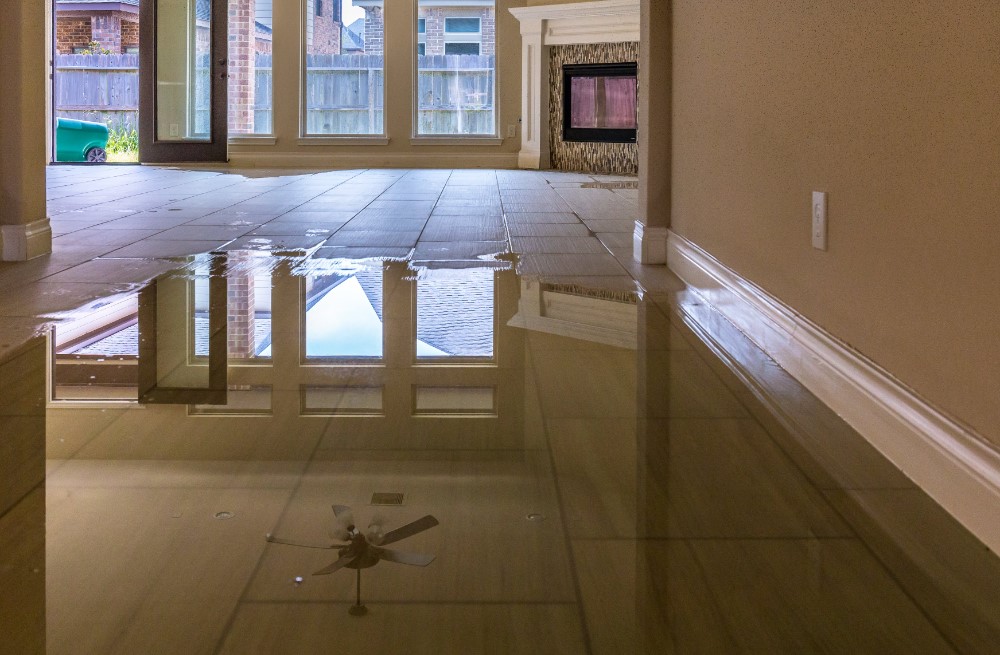
Whether you are a renter or a homeowner, there are a few things you need to know about your insurance coverage. If you have a home, your homeowner’s insurance will cover some of the costs associated with water damage restoration Annapolis. If you live in a city such as Annapolis, consider taking out a particular type of insurance called flood insurance.
Homeowner’s Insurance
Whether you are renting or owning a home in Annapolis, Maryland, you will most likely need to insure your property. Water damage can be a devastating problem, and your insurance policy is one way to protect you from the financial burden of repairs.
You’ll need to know a few things about your policy to ensure you get the coverage you need. You should also know that your policy may only cover some types of water damage.
Most homeowners’ insurance policies will cover the cost of water damage from a burst pipe or plumbing issues. However, they won’t cover water damage from a clogged sewer or drain.
If you file a claim, you’ll need a detailed damage inventory. Then, your insurance carrier will send an adjuster to assess the damage. The adjuster will want to see photos and receipts for the repairs.
In addition, ask your insurance agent about other types of coverage. For example, some insurance carriers offer additional flood coverage, water backup coverage, and sewer coverage.
Flood Insurance
Buying flood insurance coverage is a good idea if you live in an area susceptible to flooding. You may be concerned about the expense, but you can get a good deal.
You can search for flood insurance companies on the NFIP FloodSmart website. There are also online services that will help you find a private company to give you a quote.
The Federal Emergency Management Agency has changed the National Flood Insurance Program, which will benefit most people. In addition, the changes will bring premiums down for most policyholders. The agency has also begun to use a new rating methodology called Risk Rating 2.0.
Risk Rating 2.0 is meant to make the rates more fair and accurate. For most policyholders, this will mean a decrease in annual premiums. But it will also mean that almost all policies will change.
You can buy flood insurance coverage for your home, renters’ homes, and other properties. The coverage limit is $250,000 per building and $100,000 for the contents of the house.
Common causes of water damage in Annapolis
During the last decade, Annapolis has experienced ten flood surges. These storms have caused significant flooding and have damaged dozens of buildings. Unfortunately, these storm surges have also caused water levels to rise above the mean lower low water level (MLLW), the lowest point of water along the Atlantic coastline.
The next major storm in Annapolis, MD, could cause widespread damage to the historic center. As sea levels continue to rise, these storm surges are expected to occur more often. As a result, the city is preparing for double high-tide flooding events by 2050.
The city has implemented several measures to minimize damage. They have installed pumps to help move floodwaters. They have also put 500 sandbags on the ground to help reduce damage.
The Naval Academy has also put flood-mitigation plans into action. After the Isabel storm surge in 2003, the academy had built-in scuppers to prevent further damage. It also has installed powerful pumps to move floodwaters.
Steps to take after a flood
A step plan can help you and your family stay safe after a flood. A project can also help you avoid common mistakes when remodeling your home after a flood.
First, you should gather all of your supplies for a few days. Then, you must make copies of important documents and put them in a waterproof container.
The next step after a flood is water damage restoration Annapolis company checks the structural damage to your home. Often, you will find that parts of your home have been damaged, including the foundation. This could lead to a total collapse of your building.
After checking the damage, you should also remove any water-soaked possessions. You may have a chance to salvage some items, especially if they have been wet for less than 48 hours. However, first, you must decide if the item has enough value to salvage.
After you have cleaned your home, you should wear protective clothing and heavy work gloves. In addition, it would help if you were careful when walking after mud or debris.

